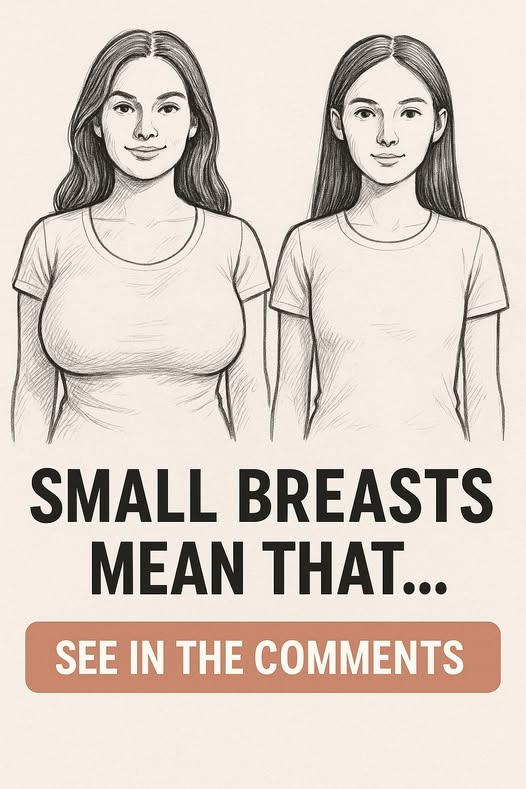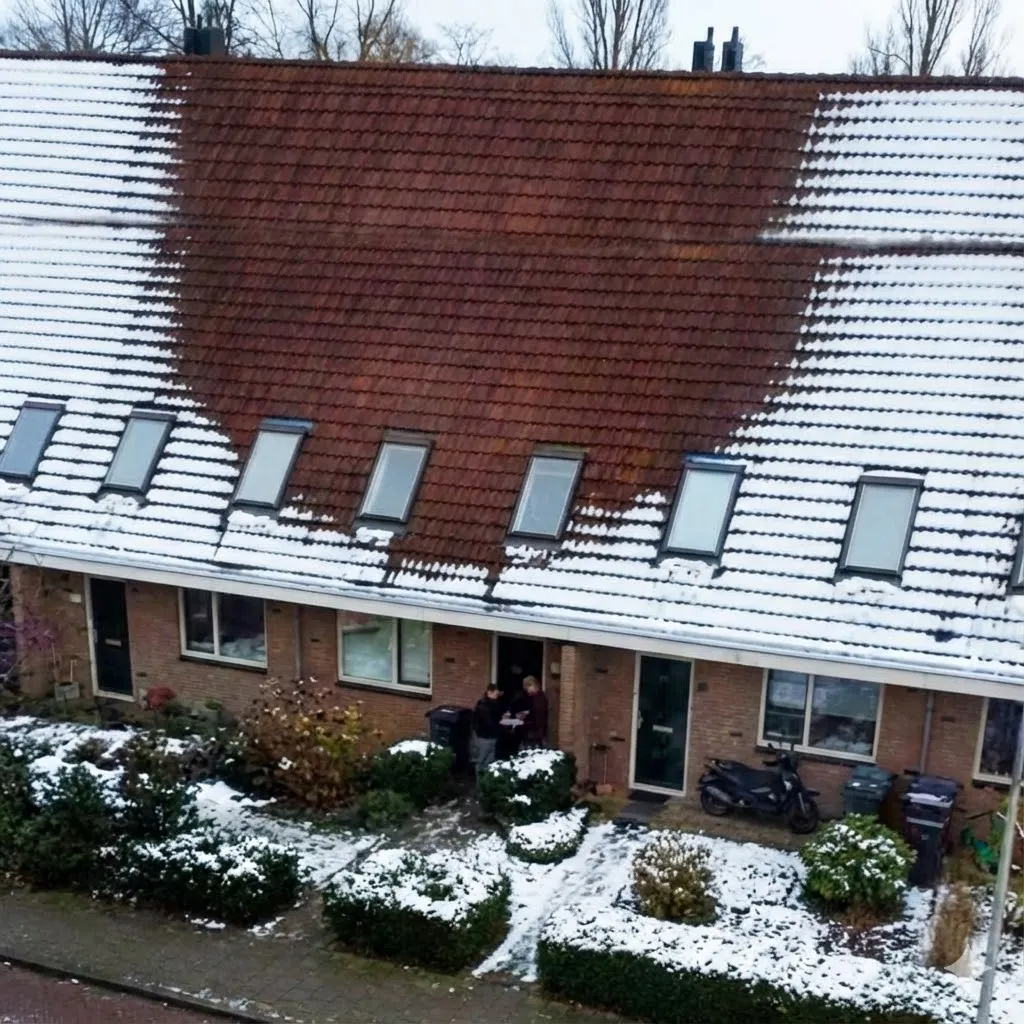If a woman has small breasts, it means that her part int…See more
For centuries, breast size has carried cultural baggage—seen as a symbol of fertility, femininity, or even health. But does bust size actually reflect your hormones? The short answer: no. As an endocrinologist, I can tell you that breast size is not a “hormone report card.”
**The Science Behind Breast Size**
Breast size is shaped by three main factors:
* **Genetics** set your potential range.
* **Hormones** like estrogen and progesterone drive growth during puberty, but they don’t determine your final size.
* **Body composition**—especially fat distribution—affects fullness and changes over time.
That means a woman with small breasts can have perfectly balanced hormones, while someone with a larger bust might still face thyroid issues, PCOS, or other imbalances.
**Debunking the Myths**
* *“Small breasts = low estrogen”* → False. Estrogen influences puberty growth, not adult size.
* *“Large breasts = high fertility”* → False. Fertility depends on ovulation and egg quality, not cup size.
* *“Breast size predicts menopause age”* → False. Menopause timing is genetic, unrelated to bust.
**What Size Can—and Can’t—Tell You**
Breast changes may reflect weight shifts, puberty, or pregnancy, but they cannot reveal current hormone levels, cancer risk, or overall health. Breast density, not size, is what matters for cancer screening.
**The Real Markers of Hormonal Health**
Regular cycles, stable mood and energy, healthy skin and hair, good sleep, and balanced nutrition are far more reliable indicators than breast size.
**Final Thought**
Your breasts aren’t a billboard for your hormones. They’re tissue with one biological role—feeding babies. True health lies in your cycles, labs, and lifestyle, not in your bra size.






Post Comment